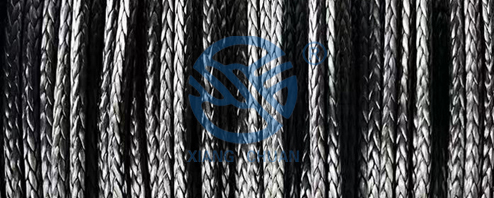
Mooring tails are essential components of any mooring system, playing a crucial role in safely securing a vessel to a berth, jetty, or other structure. These tails are designed to absorb the forces and movements exerted on the vessel and the mooring system, providing flexibility and preventing damage to both the vessel and the mooring equipment.
The material used for mooring tails is a critical aspect of their performance and longevity. There are several common materials used in the manufacturing of mooring tails, each with its own characteristics and benefits.
One of the most widely used materials for mooring tails is nylon. Nylon is a synthetic fiber known for its strength, abrasion resistance, and elasticity. These properties make nylon an excellent choice for mooring tails, as it can withstand the constant tension and movement experienced during mooring operations. Nylon mooring tails are also relatively lightweight, making them easy to handle and install.
Polyester is another popular material for mooring tails. Like nylon, polyester is a synthetic fiber with excellent strength and abrasion resistance. However, polyester is less elastic than nylon, which can be both an advantage and a disadvantage. While polyester mooring tails may not stretch as much as nylon, they are more durable and have a longer service life.
Polypropylene is another material commonly used for mooring tails. Polypropylene is a lightweight and cost-effective material with good abrasion resistance. However, polypropylene is not as strong or durable as nylon or polyester, making it less suitable for heavy-duty mooring applications. Polypropylene mooring tails are often used in lighter mooring situations, such as small boats or temporary moorings.
In addition to these materials, some mooring tails are made from a combination of fibers, such as a blend of polyester and polypropylene. These blended mooring tails combine the strength and durability of polyester with the lightweight and cost-effective nature of polypropylene, offering a good balance of performance and affordability.
When selecting a material for mooring tails, it is essential to consider the specific requirements of the mooring system and the vessel being secured. Factors such as the size and weight of the vessel, the location and conditions of the mooring site, and the frequency of mooring operations should all be taken into account.
Overall, the material of mooring tails plays a crucial role in the effectiveness and safety of a mooring system. By choosing the right material for the specific requirements of the application, vessel owners can ensure that their mooring system is reliable, durable, and able to withstand the forces and movements encountered during mooring operations.


 +86-514-88253368
+86-514-88253368






